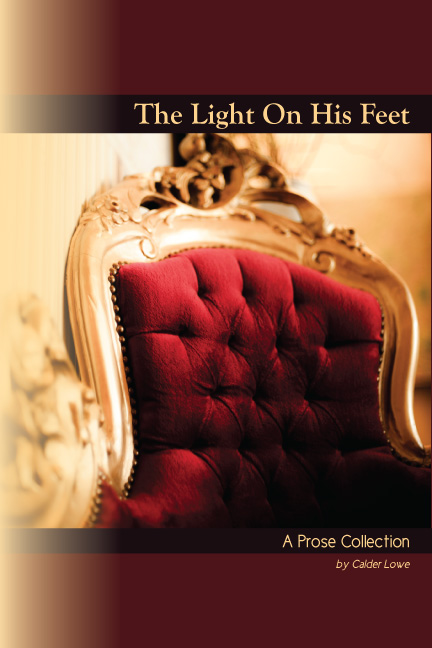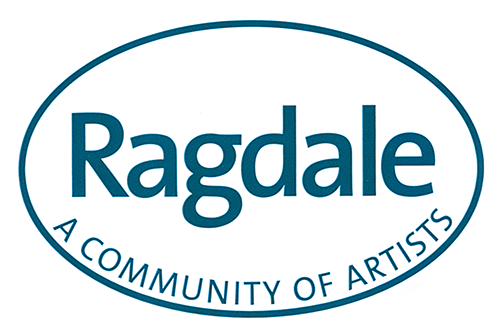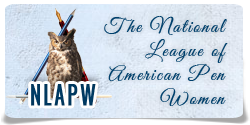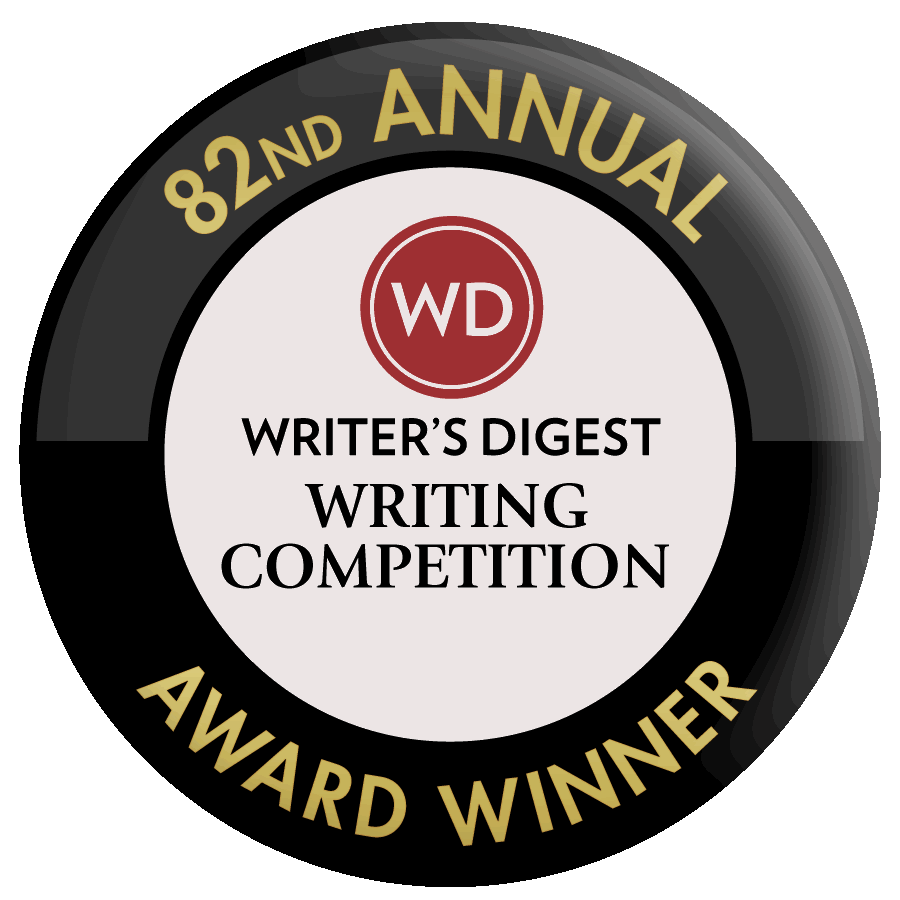by A. Van Jordan
Cradle Song by Stacey Lynn Brown
Quantum Lyrics by A. Van Jordan © 2007. W.W. Norton & Co.,. 116pp. ISBN 978-0393-06499-0
Cradle Song by Stacey Lynn Brown. © 2009 C&R Press. 68pp. ISBN 0-9815010-1-X
A double review by Laura Orem
Two recent books of poetry attempt to come to terms with the great elephant in the American living room – race. They are Quantum Lyrics by A. Van Jordan and Cradle Song by Stacey Lynn Brown. Both of these collections reflect on what race has meant and continues to mean in our country, one from the perspective of a black man; one from the perspective of a white girl growing up in Georgia.
Quantum Lyrics blends poems about physics, comic books, and personal experience into a complex and deeply moving tapestry of the human condition. What can science tell us about the human heart? How does race inform the experiences of all of us? How do we survive the damage with strength enough to tell the story later?
“Orientation: Wittenburg University, 1983”
A mock class. My mother and I
are the only faces of color.
I’ve never studied with white people,
but I’ve had my experiences.
And sometimes having experience
is the only way to study people.
But is there really a color
for ignorance when it hurts self? I
can see that I’m not ready.
The class is titled The Fall
and After, which is a study
of what happens after waking up: loss.
At this point, I understand loss
more than what comes before. A study
lending itself more to the act of falling,
an art in itself. How to appear ready
to step into the next stanza of life,
while tumbling down a page.
But, for now, in this classroom, the discussion
of Gauguin, Blake, and the Bible
passes over our heads. Suddenly the Bible
is a foreign text, in the way they’re discussing
it. I look down at the page
and it looks as blank as the life
I must have lived up to this moment.
The new students and the parents
get into this lecture, talking
about the art of falling. No hard times
or unfaithful lovers come up; this time
the blues can’t frame the talk.
It’s clear that, for some, life is a parent’s
attempt to prepare a child for this moment:
when you walk into a room full of the educated
and you need to know what the hell
is going on. After class, my mother turns to me,
and says “You know, you don’t…” she pauses,
“You don’t have to do this,” which gives me pause,
she’s never said anything like this to me
before. I knew, even then, without skills any job is hell,
but then you prepare, you begin your education.
I decide what to do before she even gives me an out,
while we sit here, on the verge of knowing,
surrounded by people who sound like they know—
me with a Jheri curl, she in a wig – setting out
to make a mockery of class, my mother and I.
Jordan juxtaposes poems like this with poems about Albert Einstein, Richard Feynman, and comic book superheroes. Why do this? Perhaps, like the poet, the scientist wants to understand not just how but why; perhaps, like the superhero, the poet wants to fix what is unworkable and broken.
“Richard P. Feynman Lecture:
Intro to Symmetry”
Love begins in the streets with vibration and ends behind closed doors in jealousy. Creation and
destruction. What do we pray for but the equation that helps us make sense of what happens in our
daily lives? What do we believe in if not that which tells us we’re alive? Sex, laughter, sweat, and
equations elegant enough to figure on our fingers. Math is spirit and spirit is faith in numbers; both take
us to the edge but no further than we can imagine. You don’t believe in math? Try to figure the velocity
of Earth’s orbit around the sun to land a man on the Moon without it. You don’t believe in God? Try to
use math to calculate what the eye does every second of any given moment. If Big Blue tried to work
that differential equation in our life time, it couldn’t. Mysteries inside of mysteries in our own bodies of
which we can’t make sense, another world waiting for a religion or calculus to explain. Look in any
mirror; it’s like sitting in a theater watching a silent movie, but you’re the one pantomiming your story.
You think you have this world figured out, but you can’t tell which hand you’re using and using and
using. You cannot solve for the use of one side of the body over the other, so there is no single voice
that emits from it. You cannot solve for the harmonics of a dual body, facing each other, both
inquisitive. You cannot solve for the marriage of opposites, their fit, their match, their endlessness. You
cannot solve for the morning stretch that calls to both sides, first this one, than that one, aligning the
day. You cannot solve for the bass of one hand and the treble of the other, both keeping rhythm hostage
under the skin of the bongo. You cannot solve for the balance of a locked door and a safe cracker’s ear
against it and the move X number of clicks to the left and Y number of clicks past to the right and back past
and back past until the latch clicks open in your mind.
Cradle Song is actually one long poem broken into sections, told largely from the viewpoint of a little girl in Georgia whose middle-class lifestyle provides her with a nanny, a black woman named Gaither with “leathered hands and woven braids/and intolerance for tolerance./She smelled like sweat and tobacco and linseed oil/and was given to us, was given to us”. Gaither leaves her own small child to take care of the speaker and her siblings all day long. It would be easy for these poems to slide into cringing guilt, but they don’t. The history Brown describes is more complicated than that:
from Section VIII
…
And then that third grade history book, its chapter
The War of Northern Aggression
so convincing in its righteousness
that my friend and I agreed
it was a good thing that we’d won or else
slaves would never have been freed.
How could we be the bad
guys when everyone I knew
was decent and kind, stirred slow
like sugar melting in sun tea?
Brown refuses to romanticize, either: Gaither is complicated, sometimes cruel, sometimes violent; she is also loving and ever-present in the speaker’s growing-up, teaching her the hard lessons.
XIV.
Most nights that she’d keep us,
Gaither staged a fight
between my two balled fists:
cinching her fingers round
the base of my hands, she made
Big Legs on the right
roll sets on lefty Mama.
And when my mother
came home, I hid from her
my bruised knuckles and wrung-red wrists.
Other nights, rap jack,
the game of switches
set against bare legs
with the loser the first one to cry.
It’s how I learned to hold it in,
to take more pain than I could bear,
and that winning
is a relative idea.
As Brown says in Section XII, “To be a Southerner is to feel yourself/forever draped in the mantle of the past,/to pull at the corners of that threadbare/quilt and know its incongruity, the feet/or head always left bare,/exposed to the elemental cold.”
In Section IX, Brown describes a family trip with Gaither along:
Gaither’s vacation postcard to her husband, #1:
Dear Moose,
I ain’t never seen so much water.
And I can’t even swim.
I never met the man, but my mother says
His back was like a Tennessee road map,
all scars and cratered gashes where Gaither
put the hurt on him.
* * *
That trip was her first vacation
with us, the first time she’d seen
the ocean, the last time she’d ever eat
in public with our family.
In a little café in Alabama, she’d heard
what people had to say about her,
sitting at our table
like she belonged.
After that, she’d always cook
meals for herself at home.
My mother tried to tell her,
Just ignore them, Gaither, they’re ignorant.
But white folks cannot fix by night
what they break in the light of day,
and it’s a luxury of race to believe
that race is not an issue.
Each of these books explore race from different perspective, but both are equally honest, equally unflinching, equally beautiful. The fact that they were written tells us at least two things as well: that there are as many ways of discussing race as there are people, and that the discussion needs to continue.
Laura Orem is a writer, artist, teacher, and hobby farmer who lives in Red Lion, PA.




